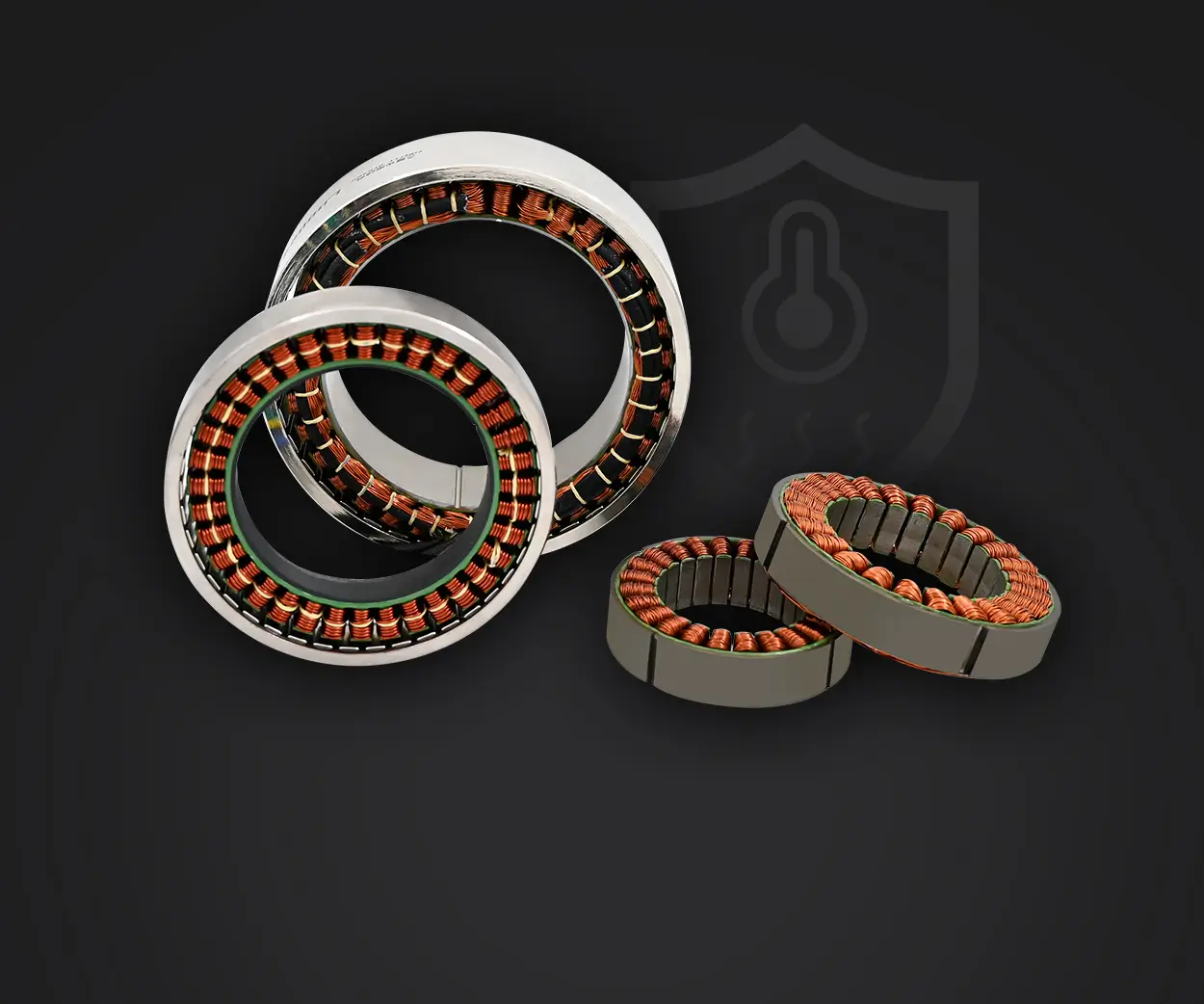Imagine you're trying to get a robot arm to pick up delicate glassware or drive a CNC machine with pinpoint accuracy. That’s where a servo amplifier steps into the scene, acting as the unsung hero behind the scenes. It’s not just some gadget—think of it as the brain that powers precise control of motor movements.

Picture this: a factory floor where machines need to move smoothly, stops and starts are seamless, and the whole operation hums along like a well-oiled machine. Without a servo amplifier, things could get chaotic pretty fast. It takes the low-power signal from a controller and boosts it into something powerful enough to command the motor. But it’s not just about size or strength; it’s about finesse. It ensures movements are accurate, responsive, and stable across all kinds of working conditions.
Now, you might wonder, what more does it do? Well, it's all about fine-tuning. Many servo amplifiers have built-in feedback loops—those little sensors that tell the amplifier exactly how the motor is moving. That feedback helps the amplifier make tiny adjustments on the fly, keeping everything aligned with what you want to achieve. It’s like driving a car with a super sensitive steering wheel—if you turn just a little, the system responds instantly, keeping your ride smooth.
And exactly how does it impact the performance? Think about high-speed pick-and-place robots in an electronics assembly line. They need precise, quick movements without wobbling or jittering. A good servo amplifier ensures that even at lightning-fast speeds, the motor's movements stay accurate, reducing errors and increasing productivity. Plus, it manages power efficiently, avoiding waste and preventing overheating—saving energy and extending equipment life.
Plus, in terms of customization, a lot depends on the model. Some are built for heavy-duty industrial setups, offering rugged durability, while others are sleek, designed for compact, sensitive applications. It’s like choosing between a tank and a racing car—depending on what’s needed, you get different specs.
For the technically curious, what about noise? Some richer models include filtering options, which help dampen vibrations and electrical noise. This means less interference and more consistent operation—a big deal when working in environments packed with electronics.
When shopping for a servo amplifier, what’s worth asking? Well, how well does it integrate with existing control systems? How quickly can it respond to changes? Can it handle load variations without skipping a beat? These questions matter because, in the end, it comes down to staying productive and avoiding surprises.
Think about it: your machine's performance hinges on that tiny yet mighty component. It’s not just about making the motor run; it’s about making it run just right. No excess, no lag—just pure, reliable motion. That’s the magic of a top-tier servo amplifier. It transforms simple signals into precision movements, powering everything from robotics to manufacturing automation. When you need accuracy and dependability, it’s the piece you want right at the heart of your setup.
Kpower has delivered professional drive system solutions to over 500 enterprise clients globally with products covering various fields such as Smart Home Systems, Automatic Electronics, Robotics, Precision Agriculture, Drones, and Industrial Automation.




































